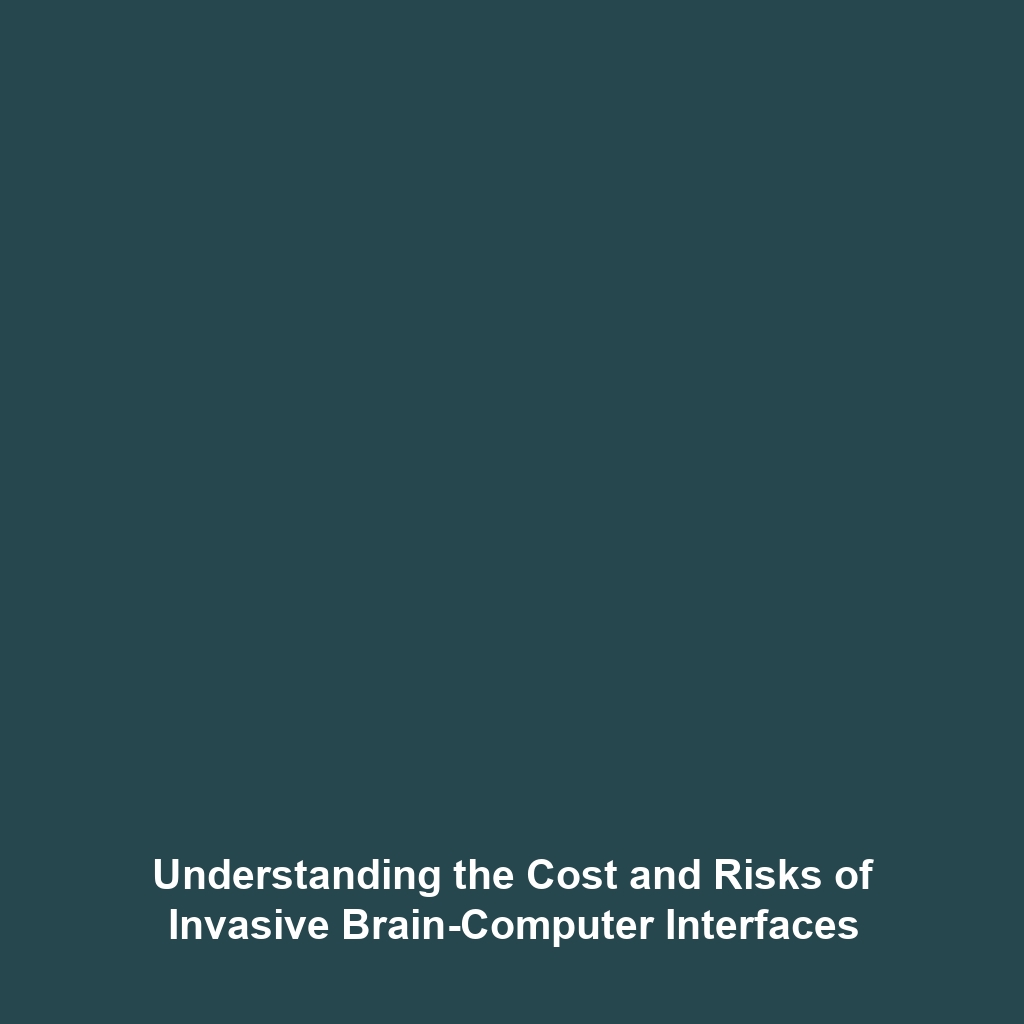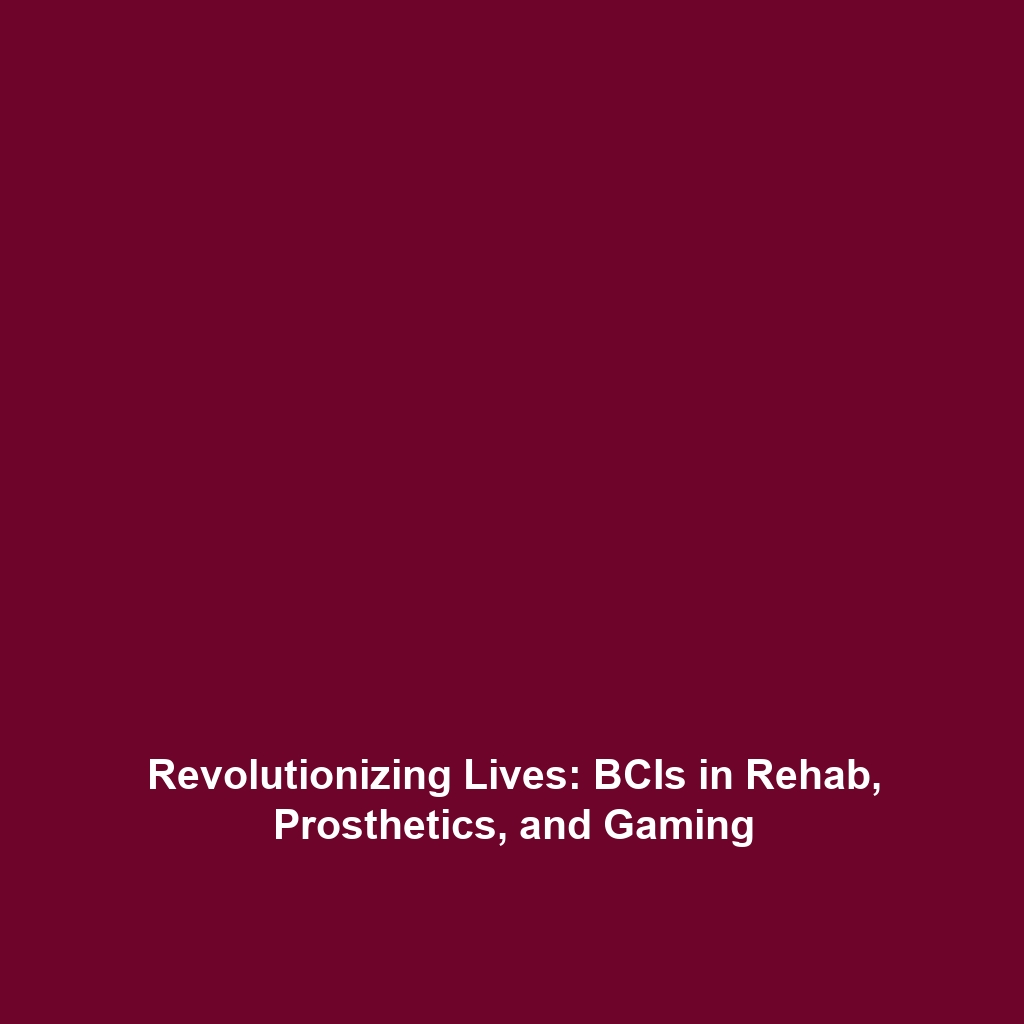Communication Devices for the Disabled in Brain-Computer Interfaces
Introduction
Communication devices for the disabled represent a crucial advancement in human-computer interaction, particularly within the realm of brain-computer interfaces (BCIs). These innovative solutions empower individuals with severe disabilities to communicate and interact with their environment, enhancing their quality of life and enabling greater independence. By decoding neural signals and translating them into actionable outputs, BCIs serve as a bridge between the mind and technology, making communication accessible for those who may otherwise be unable to engage. This article delves into the significant concepts, real-world applications, challenges, and future research pertaining to communication devices for the disabled in the context of BCIs.
Key Concepts
Understanding Communication Devices
Communication devices for the disabled are tools designed to facilitate interaction and expression, utilizing various technologies, including brain-computer interfaces. BCIs work by capturing electrical signals from the brain, allowing for direct transfer of thoughts into digital commands. This technology has revolutionized how individuals with disabilities can control devices and communicate effectively.
Brain-Computer Interfaces Explained
At their core, brain-computer interfaces decode brain activity into commands that control external devices. The key principles include:
- Signal Acquisition: Collecting neural signals using electrodes placed on the scalp (EEG) or implanted in the brain.
- Signal Processing: Analyzing and interpreting these signals to discern specific intentions or actions.
- Output Mechanism: Translating interpretations into actions, such as moving a cursor or generating speech.
Applications and Real-World Uses
The applications of communication devices for the disabled within the field of brain-computer interfaces are profound. Here are a few notable examples:
- Augmentative and Alternative Communication (AAC): Devices that enable users to express their thoughts through synthesized speech.
- Environmental Control Systems: Allowing individuals to control lights, computers, and other household devices using their thoughts.
- Social Interaction Tools: Applications that facilitate social engagement, enabling users to connect with family and friends.
Understanding how communication devices for the disabled are used in conjunction with these advanced BCIs showcases their transformative impact on users’ lives.
Current Challenges
While the potential of communication devices for the disabled is significant, several challenges remain:
- Accessibility: High costs and limited availability can restrict access to these devices for many individuals.
- User Training: Effective use of BCIs often requires extensive training to interpret and control technology accurately.
- Signal Noise: Interference from other electrical signals can complicate accurate signal interpretation.
Addressing these challenges is vital for advancing both the field of communication devices and brain-computer interfaces overall.
Future Research and Innovations
The future of communication devices for the disabled and brain-computer interfaces looks promising, with ongoing research focusing on:
- Improvements in Signal Accuracy: Developing new algorithms to enhance signal processing and interpretation.
- Wearable Technologies: Exploring non-invasive wearable devices that can offer greater comfort and convenience.
- AI Integration: Utilizing artificial intelligence to improve the adaptability and responsiveness of communication systems.
These innovations indicate a future where communication devices for the disabled are more effective and widely available.
Conclusion
In summary, communication devices for the disabled play a pivotal role within the field of brain-computer interfaces, significantly improving the lives of many individuals. As technology advances and new research unfolds, the potential for these systems only grows. For further reading on related topics such as Assistive Technology or Neural Interface Development, explore our comprehensive resources.

